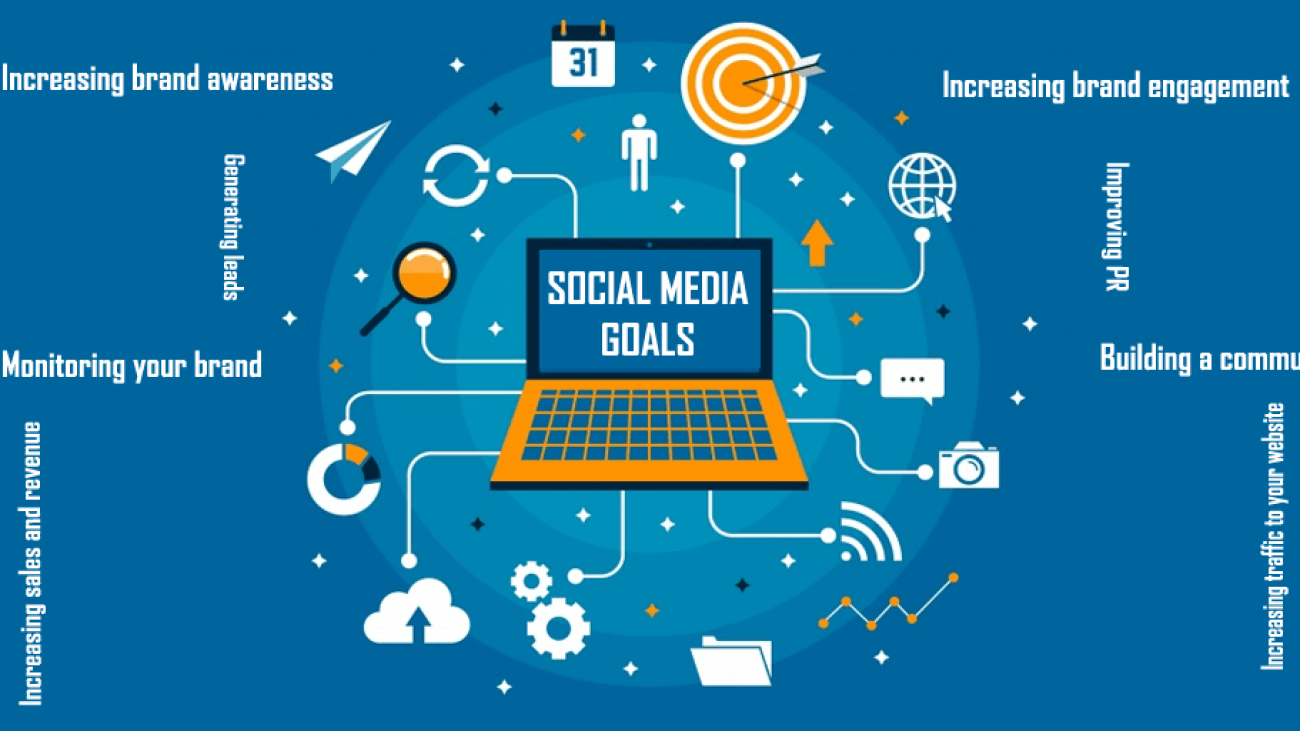Shorter is better
The Internet, coupled with the breadth of portable devices, such as smart phones and tablets, convert every person into a potential consumer. Long lost are the days where businesses had to physically find their target audience and hope their brand messages reached them. (Think like billboards or print ads.) Now, we have analytical data on narrowed-down audiences, targeted online ads, landing pages and social sites that clearly and efficiently spread messages to specific groups of people to escalate interest or understanding.
While the everyday person travels to and from work, shopping centers, events or leisurely relaxes in front of the TV in the evenings, studies show that same person’s mobile device is by their side most of the time, if not, all of the time. This person is destined to browse the Internet on their phone, and when a long article or dense product description seems too tedious of a venture to pursue, a short video is often the preferred method of education. Easily-digestible content most often wins the hearts of consumers.
These short videos are beneficial to businesses because they establish creditability for the business, enhance interest in the brand and have been proven to boost conversions. (They are also obviously less expensive to produce than longer.)
Marketing, especially online marketing, is a very fluid, active animal. It is not “one size fits all” and nothing about it is “written in stone.” Technology changes quickly, and thus, consumers’ behaviors change and the market must change accordingly. The best piece of advice I can give a business owner is to make sure you have at least one passionate marketing specialist who can keep your company up-to-date with modern marketing strategies.
No 21st century insult could be greater than a business having a lack of modern technology. A restaurant without a Yelp page? A car dealership without high-quality pictures of vehicles on its website? As a millennial, I wouldn’t even view those marketing failures as a “lack of technology” – I would just immediately discredit the business as not being trustworthy or legitimate.
To put it bluntly, if you’re not taking advantage of video marketing right now, you’re metaphorically pointing potential customers to your competitors.
Proof that video marketing can help your business:
• Approximately 100 million Internet users watch online videos every day
• People are 64% more likely to buy a product on an online retail website after watching a video about it
• Even 59% of senior executives would rather watch a video than read a whitepaper or brochure
• According to an Online Publishers Association study, 46% of Internet users who recalled viewing a video advertisement recently took some action after watching the ad

How long do you have to capture attention?
The first 10 seconds is everything.
An astonishing 20 percent of people who watch videos will close the video within the first 10 seconds. When a video reaches the 30 second mark, about 1/3 of the original viewers won’t be watching the video anymore. By one minute, 45 percent of the viewers are gone and roughly 60 percent by two minutes.
This brings up two of the most important rules about creating marketing videos:
1. The video must immediately capture people’s attention.
2. Marketing videos should be kept as short as possible.
For the video to instantaneously capture attention, the video has to be relevant to the people watching it. You should never make a marketing video just because you want to or solely because the circumstances are convenient. It should answer a pressing question, supply deeper understanding or provide a unique solution to a common problem. That is what gives the video value.
Additionally, videos need to clearly exclaim a clear and unique message, but the video must also be condensed, straightforward, intriguing or entertaining, story-focused and leaving the audience wanting more. Short videos are most effective when they are just long enough to garner attention and arouse curiosity, but short enough to leave viewers hungry to take the next step (AKA: call to action, which should be clearly pointed out in your video).

The sweet spot
The debate over the ideal online video length may never come to a close, because research has shown it depends on the video’s purpose, the audience, the platform (ex: Facebook) and the device (ex: iPhone) in which the video is being watched.
Some studies show that the video marketing so-called “sweet spot” is two minutes, while other studies reveal that the best length for an online video advertisement is only 15 seconds. A large study from 2010 revealed that social video advertisements of 15 seconds or less are shared nearly 37 percent more than video ads longer than that.
You can use Google Analytics to learn more about your website audience’s ages, devices they use to visit your website, duration they’re on your site, etc., to get a deeper understanding of what types of content they prefer.
My advice? Start by making a video as long or as short as you feel it needs to be. Experiment and analyze the results. An even better idea would be to create one video 1 to 2 minutes long and then a condensed version of 15 to 30 seconds, and see which video gets more engagement, such as shares, comments and clicks. (Or if you like this idea but don’t know how to do it,
Most effective places online to put short videos:
• Website
• Company blog
• Email marketing
• Social media sites
• Online advertising











